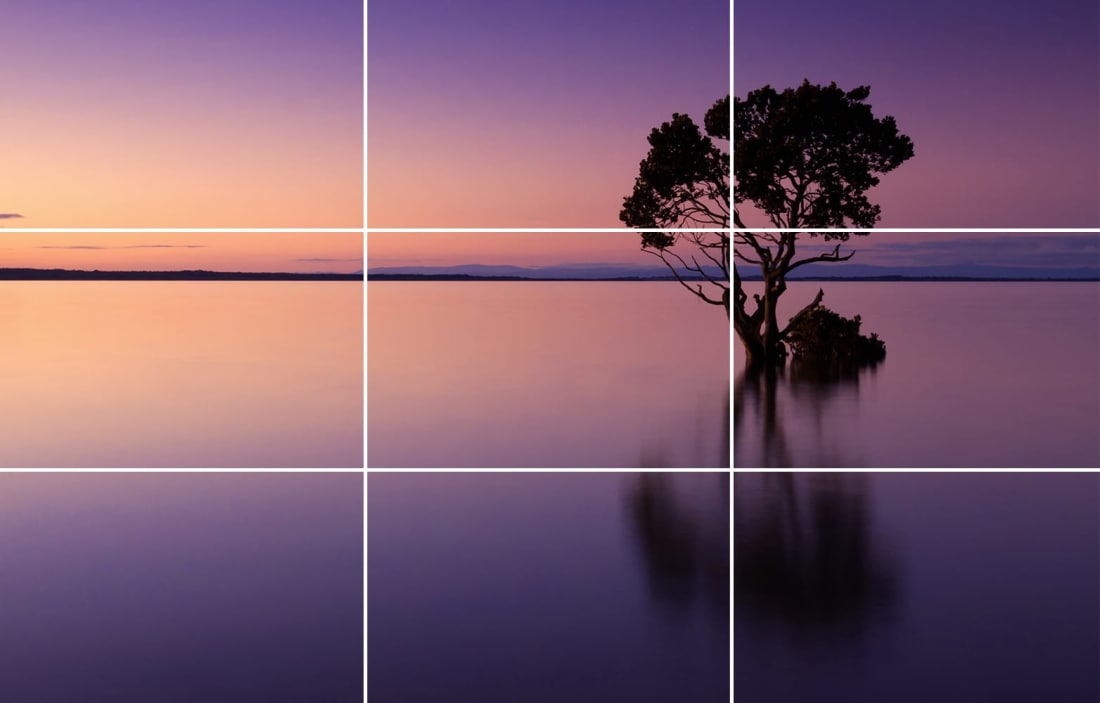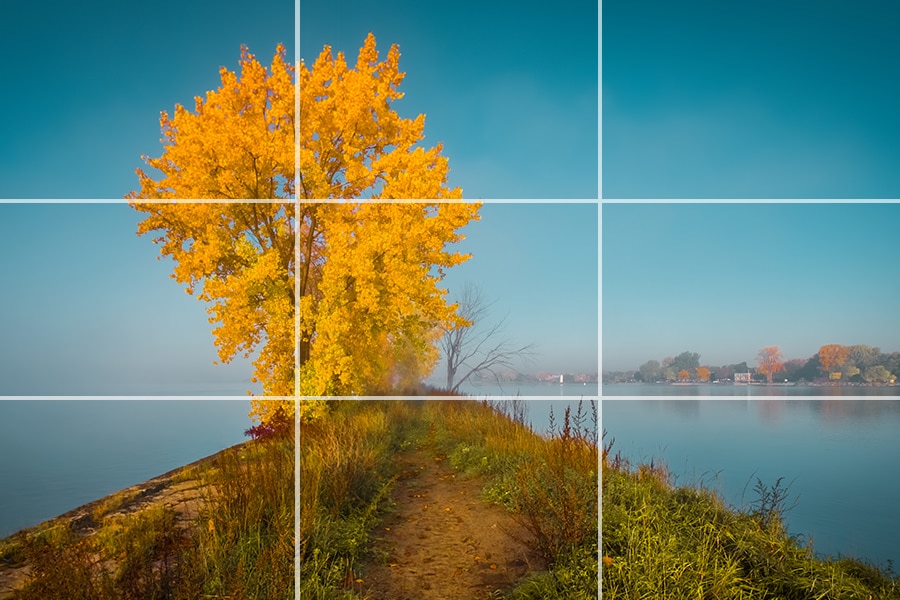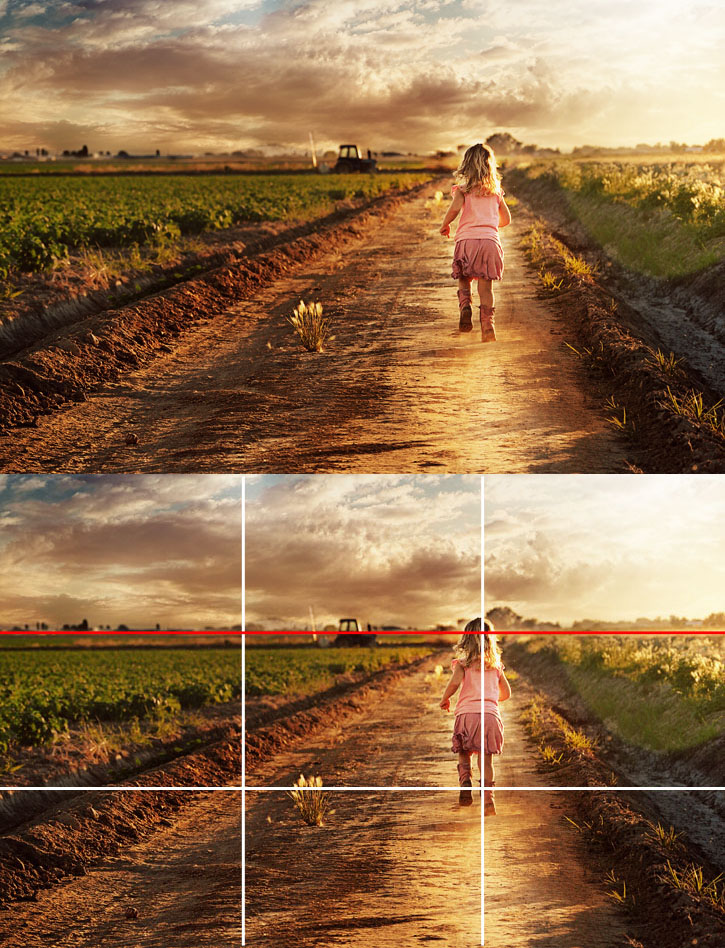Rules Of Thirds In Photography
Rules Of Thirds In Photography - Capturing stunning photographs is an art that requires an understanding of various concepts and techniques. Among these, the Rule of Thirds is one of the most fundamental and essential principles that can help you take amazing photos. This concept has been used by photographers for centuries, and it is based on dividing the frame into three equal parts vertically and horizontally, creating a grid that can guide you in composing your shots.
What is the Rule of Thirds?
The Rule of Thirds is a compositional technique that involves dividing an image into nine equal parts using two horizontal and two vertical lines, creating a grid with four points of intersection. This grid provides a framework for positioning the elements and subjects within the photograph in a way that enhances the visual impact of the shot.
Why is it important?
The Rule of Thirds is important because it can help you create a balanced and visually appealing composition that draws the viewer's attention to the subject. By positioning the elements off-center, you can create tension, interest, and a sense of movement in your shots. This technique can also help you avoid placing the subject in the center of the frame, which can make your photos dull and boring.

How to use the Rule of Thirds in your photography?
Here are a few tips that can help you use the Rule of Thirds in your photography:
1. Gridlines
Most cameras have a feature that allows you to turn on gridlines that divide the frame into thirds. You can use these lines to position the elements and subjects in your photographs at the intersection points or along the lines, creating a more balanced and visually appealing composition.

2. Subject placement
Try to place the subject of your photograph at one of the points of intersection or along one of the lines, creating a more dynamic and visually interesting composition. For example, if you're taking a portrait, try to place the subject's eyes along the top horizontal line, creating negative space below that can add depth and balance to the shot.

3. Off-center horizon
If you're taking landscape photos, try to position the horizon off-center along one of the horizontal lines, creating a more balanced and interesting composition. This technique can also help you show more of the foreground or the sky, adding more depth and dimension to the shot.

4. Editing
You can also apply the Rule of Thirds during editing by cropping the image to position the elements and subjects using the grid. This technique can help you salvage a poorly composed shot or create a more vibrant and dynamic composition.
Conclusion
The Rule of Thirds is a simple yet powerful technique that can help you take your photography to the next level. By using this principle, you can create visually stunning compositions that will grab the viewer's attention and evoke a sense of emotion and wonder. Remember to experiment with different placements and perspectives, and don't be afraid to break the rules to create your unique style and vision.

So next time you take a picture, remember the Rules Of Thirds In Photography and use this technique to make your photographs stand out. With a bit of creativity and practice, you'll be able to capture stunning photos that will leave a lasting impression on your viewers.
View more articles about Rules Of Thirds In Photography
Post a Comment for "Rules Of Thirds In Photography"